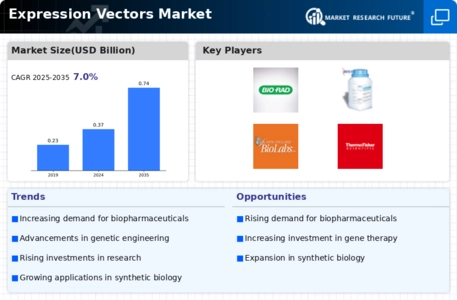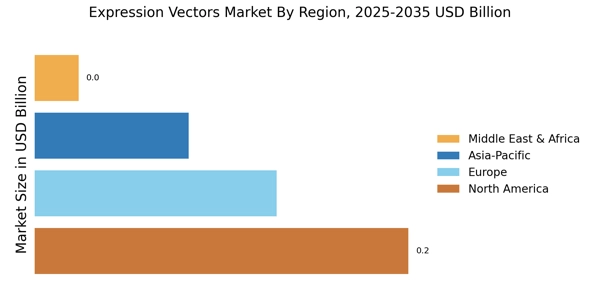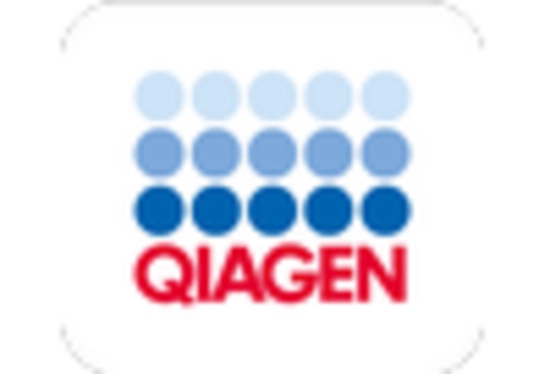Emergence of Personalized Medicine
The emergence of personalized medicine is reshaping the landscape of the Expression Vectors Market. Personalized medicine aims to tailor treatments based on individual genetic profiles, which necessitates the use of advanced expression vectors for gene therapy and targeted drug delivery. As the healthcare industry shifts towards more individualized treatment approaches, the demand for expression vectors that can efficiently deliver therapeutic genes is expected to increase. The personalized medicine market is anticipated to reach substantial valuations in the near future, indicating a promising outlook for the Expression Vectors Market as it aligns with this transformative trend.
Growing Demand for Biopharmaceuticals
The increasing demand for biopharmaceuticals is a primary driver of the Expression Vectors Market. As the healthcare sector continues to evolve, there is a notable shift towards biologics, which are derived from living organisms. This trend is evidenced by the fact that biopharmaceuticals accounted for approximately 30% of the total pharmaceutical market in recent years. Expression vectors play a crucial role in the production of these biologics, facilitating the expression of therapeutic proteins and monoclonal antibodies. The rise in chronic diseases and the need for innovative treatments further amplify this demand, suggesting that the Expression Vectors Market will continue to expand as biopharmaceuticals gain prominence.
Rising Investment in Biotechnology Research
Rising investment in biotechnology research is a significant catalyst for the Expression Vectors Market. Governments and private entities are increasingly allocating funds to support biotechnological innovations, which include the development of advanced expression vectors. In recent years, funding for biotechnology research has surged, with estimates suggesting that investments could exceed hundreds of billions of dollars globally. This influx of capital not only accelerates research and development but also fosters collaborations between academic institutions and industry players. Consequently, the Expression Vectors Market stands to benefit from enhanced research capabilities and the introduction of novel expression systems.
Increasing Applications in Synthetic Biology
The increasing applications of expression vectors in synthetic biology are driving growth in the Expression Vectors Market. Synthetic biology encompasses a wide range of applications, from biofuel production to the creation of synthetic organisms. Expression vectors are integral to these processes, as they facilitate the expression of engineered genes in host organisms. The synthetic biology market is projected to grow significantly, with estimates indicating a compound annual growth rate of over 20% in the coming years. This growth suggests that the Expression Vectors Market will likely expand in tandem, as the demand for versatile and efficient expression systems rises.
Technological Advancements in Genetic Engineering
Technological advancements in genetic engineering are significantly influencing the Expression Vectors Market. Innovations such as CRISPR-Cas9 and other genome editing technologies have revolutionized the way genes are manipulated. These advancements enable researchers to create more efficient and precise expression vectors, which are essential for various applications, including gene therapy and vaccine development. The market for gene editing tools is projected to reach several billion dollars in the coming years, indicating a robust growth trajectory. As these technologies become more accessible, the Expression Vectors Market is likely to experience increased adoption, driven by the need for high-quality expression systems.


















Leave a Comment